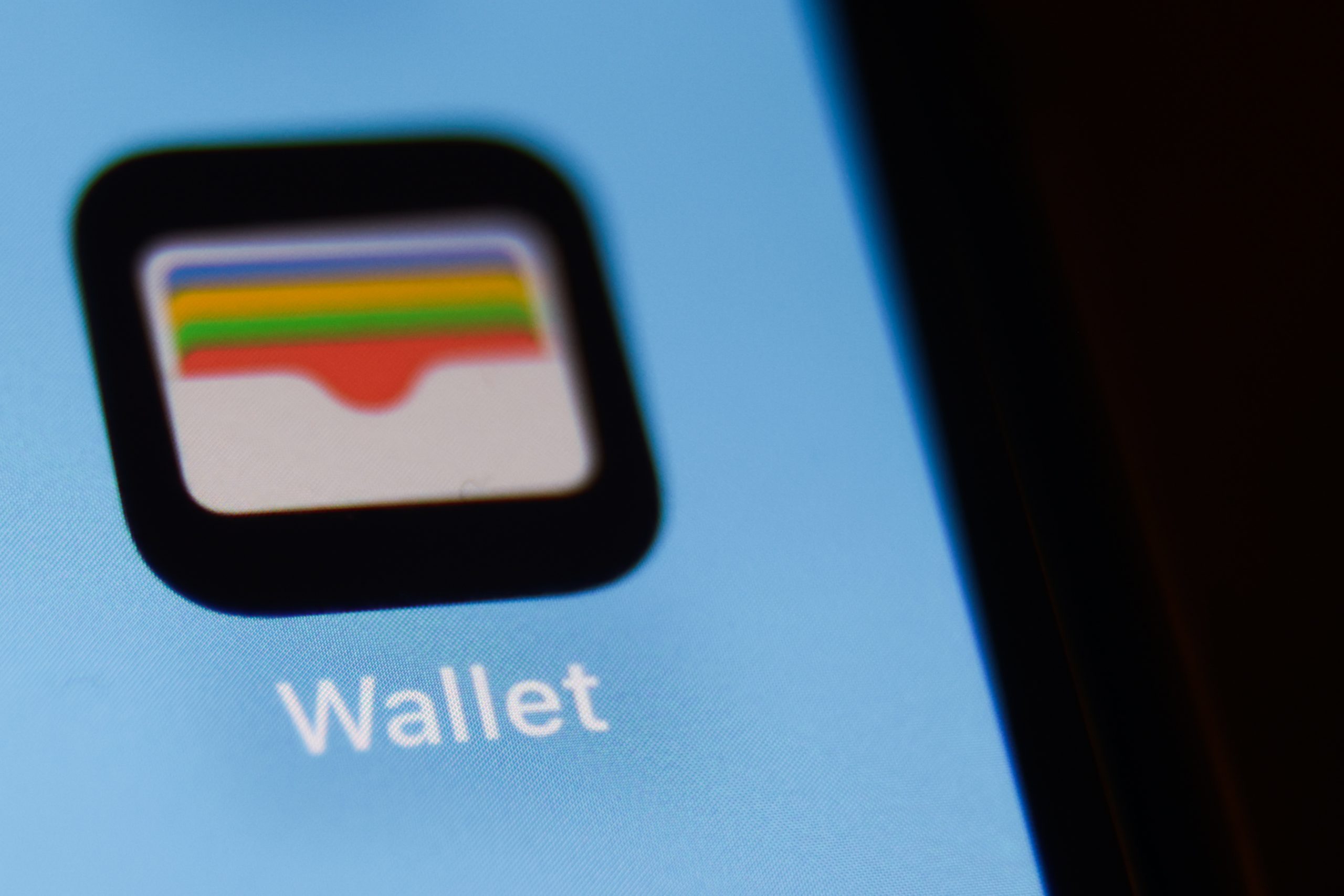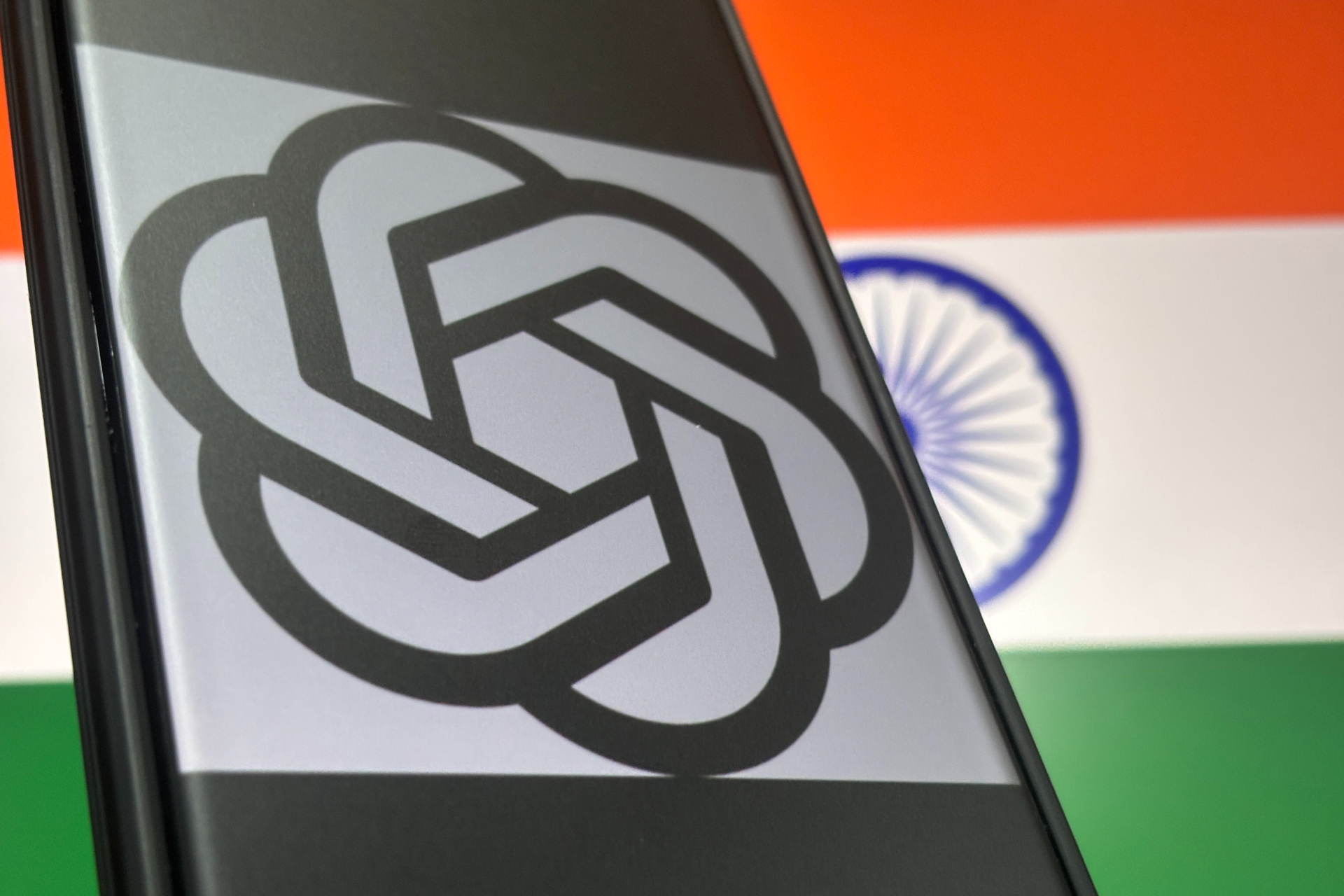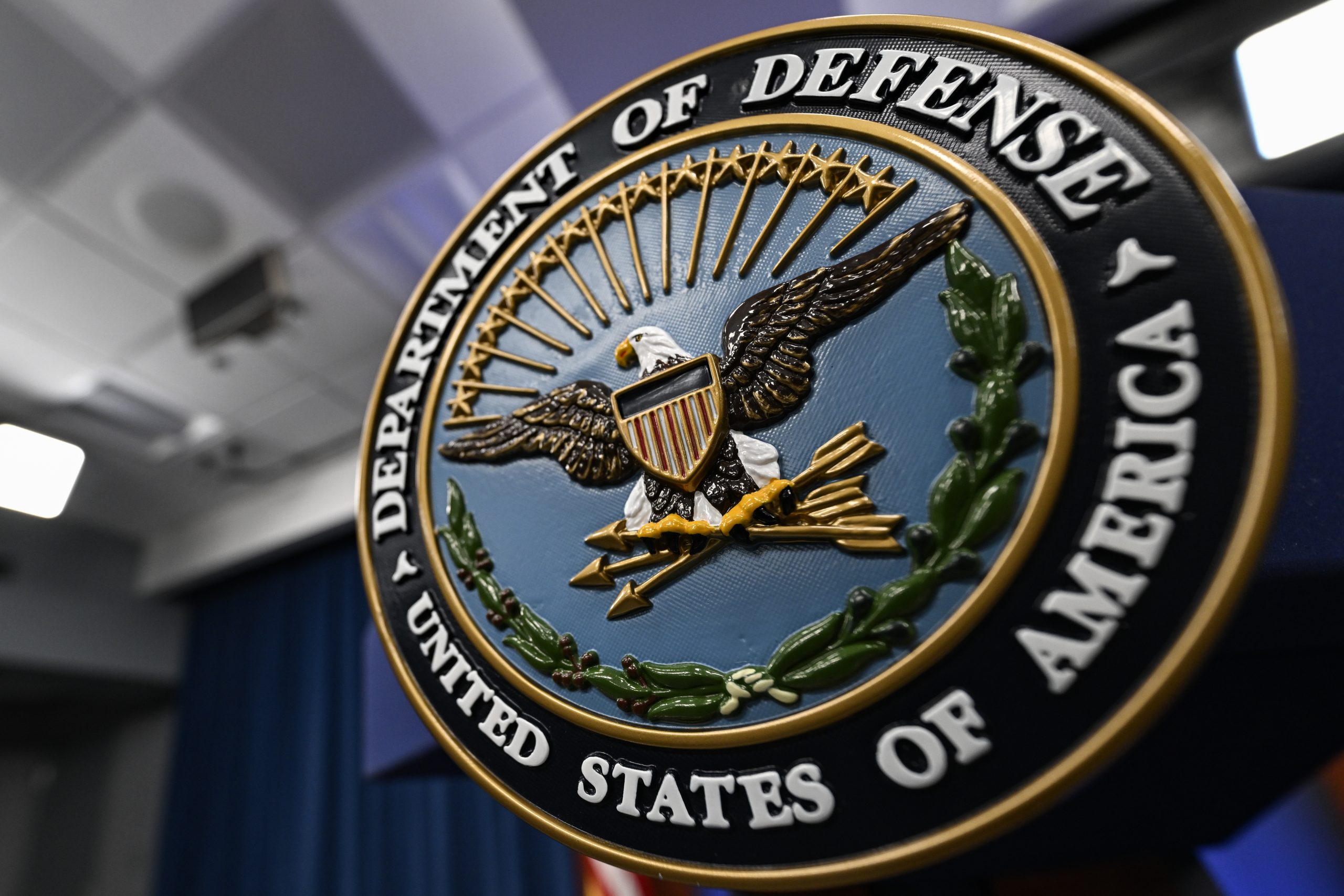
Apple has announced that U.S. users will soon gain the capability to store a digital version of their passport within Apple Wallet, a development poised to significantly alter the landscape of identity verification for domestic air travel. This impending feature, initially teased as part of the iOS 26 release cycle, signifies Apple’s continued ambition to transform Wallet from a mere payment and ticket repository into a comprehensive, secure digital identity platform. The integration promises to streamline the airport experience, allowing travelers to present their digital passport at select Transportation Security Administration (TSA) checkpoints, potentially reducing wait times and enhancing convenience.
The Evolution of Digital Identity in the Modern Era
The journey towards digital identity has been a gradual yet relentless global trend, driven by technological advancements and the increasing demand for secure, efficient identification methods. For decades, physical documents like passports and driver’s licenses have been the bedrock of personal verification, often necessitating in-person interactions and carrying the inherent risks of loss, theft, or damage. The advent of smartphones, with their sophisticated biometric security features and secure enclaves, presented a compelling opportunity to digitize these crucial credentials.
Apple Wallet’s trajectory reflects this broader societal shift. Launched initially in 2014 as Apple Pay, a contactless payment system, its capabilities steadily expanded. It began accommodating loyalty cards, boarding passes, and event tickets, fundamentally altering how consumers manage various aspects of their daily lives. The true pivot towards comprehensive identity management, however, began with the introduction of digital driver’s licenses and state IDs. This functionality, which has progressively rolled out across 12 U.S. states and Puerto Rico, represented a crucial proof-of-concept for secure, government-issued identification residing on a mobile device. The imminent arrival of passport integration marks the next logical and arguably most impactful step in this evolution, extending digital identity verification to federal credentials and national travel.
A New Era for Travel Security and Convenience
The timing of this passport integration is particularly pertinent given the recent enforcement of REAL ID regulations. Mandated by Congress after the September 11, 2001, terrorist attacks, the REAL ID Act established minimum security standards for state-issued driver’s licenses and identification cards. As of May of this year, a standard state driver’s license that is not REAL ID compliant is no longer accepted for federal purposes, including boarding domestic flights. This has created a renewed emphasis on passports as primary identification for air travel for many Americans whose state IDs do not meet the new criteria, thereby increasing the potential utility of a digital passport within Apple Wallet.
For travelers, the benefits are clear. The ability to present a digital passport on a smartphone could significantly accelerate the verification process at TSA checkpoints. Instead of fumbling for physical documents, individuals can simply tap their device, leveraging the biometric security — Face ID or Touch ID — inherent to their Apple device. This not only offers a more fluid experience but also enhances security by ensuring the person presenting the ID is indeed its rightful owner. The digital format also eliminates the risk of leaving a physical passport behind or losing it during transit, a common travel anxiety.
Behind the Technology: Security and Implementation
The security architecture underpinning Apple Wallet’s digital identity features is paramount. When a user creates a digital ID, the data is encrypted and stored in the device’s Secure Element, a certified, tamper-resistant chip designed to protect sensitive information. This enclave is isolated from the rest of the operating system, making it extremely difficult for unauthorized access. Verification typically involves the user authenticating with Face ID or Touch ID, which then securely transmits only the necessary data to the reader, often via NFC (Near Field Communication) technology. This "zero-knowledge proof" approach ensures that only the relevant information is shared, minimizing exposure of personal details.
Jennifer Bailey, Apple’s Vice President of Apple Pay and Apple Wallet, underscored the robustness of these systems during her recent presentation at the Money 20/20 USA conference. While the specific rollout date for digital passports remains "soon" and tied to a future software update, the underlying infrastructure builds upon the success of existing digital state IDs. The challenge for Apple and the TSA lies in ensuring seamless interoperability across various airport systems and standardizing the digital verification process nationwide. This will require close collaboration and adherence to established digital identity standards.
Broader Implications and Challenges
The introduction of digital passports carries significant societal and economic implications. From a privacy standpoint, storing sensitive identity documents on a personal device raises questions about data sovereignty and potential surveillance. Apple emphasizes its privacy-centric design, ensuring user control over data sharing and local storage. However, public perception and trust remain crucial hurdles for widespread adoption. Users need to be confident that their digital identity is as secure, if not more secure, than its physical counterpart.
Economically, the move towards digital IDs could foster greater efficiency within the travel industry, potentially reducing operational costs associated with physical document handling and inspection. Culturally, it signifies a further step in the digitization of everyday life, pushing society closer to a truly paperless existence for many routine transactions. However, challenges persist. Ensuring equitable access for all demographics, including those less technologically inclined or without consistent access to smartphones, will be vital. Furthermore, the global harmonization of digital identity standards will be critical for international travel to truly benefit from these advancements.
Apple’s Expanding Digital Ecosystem
Beyond identity, Apple Wallet continues to expand its utility across numerous facets of daily life. Bailey highlighted the significant global reach of Apple Pay, now active in 89 markets and supported by over 11,000 banks and networks worldwide. Domestically, Apple Pay is accepted by an impressive 90% of U.S. retailers, a substantial leap from just 3% at its inception 11 years ago.
The Wallet app’s versatility extends far beyond payments, incorporating features like digital car keys, transit passes in over 250 regions and 800 cities, and hotel room keys, with over 2 million provisioned globally. The support for Car Key across 29 manufacturers and more than 300 models illustrates the company’s ambition to integrate the Wallet app deeply into the fabric of modern living. This holistic approach positions Apple Wallet as a central hub for managing personal credentials, access, and transactions, creating a compelling ecosystem that enhances user convenience and loyalty.
The Road Ahead
The impending launch of digital passport IDs in Apple Wallet represents a significant milestone in the ongoing digital transformation of identity. While the immediate focus is on domestic air travel within the U.S., the long-term vision likely extends to broader applications, potentially including international travel in collaboration with global authorities. As technology continues to evolve, the distinction between physical and digital identity will blur further, paving the way for more seamless, secure, and integrated experiences. The success of this initiative will hinge not only on Apple’s technological prowess but also on sustained collaboration with government agencies, industry stakeholders, and, ultimately, the trust and adoption by the public.





